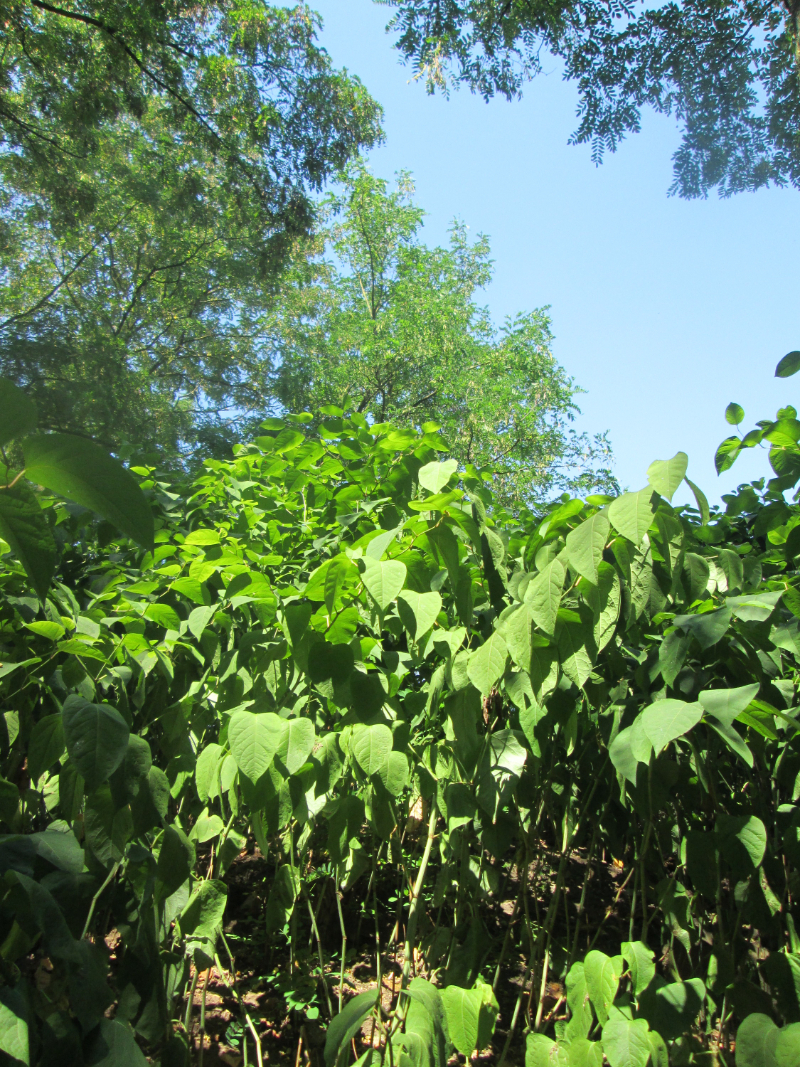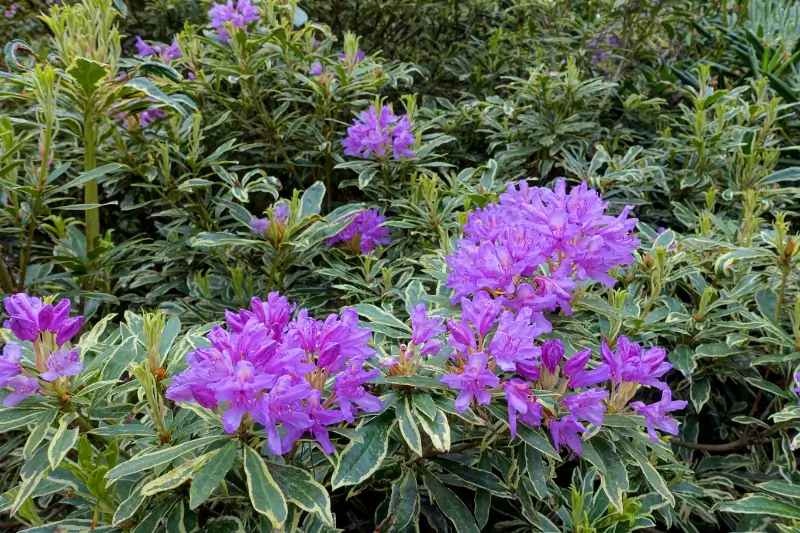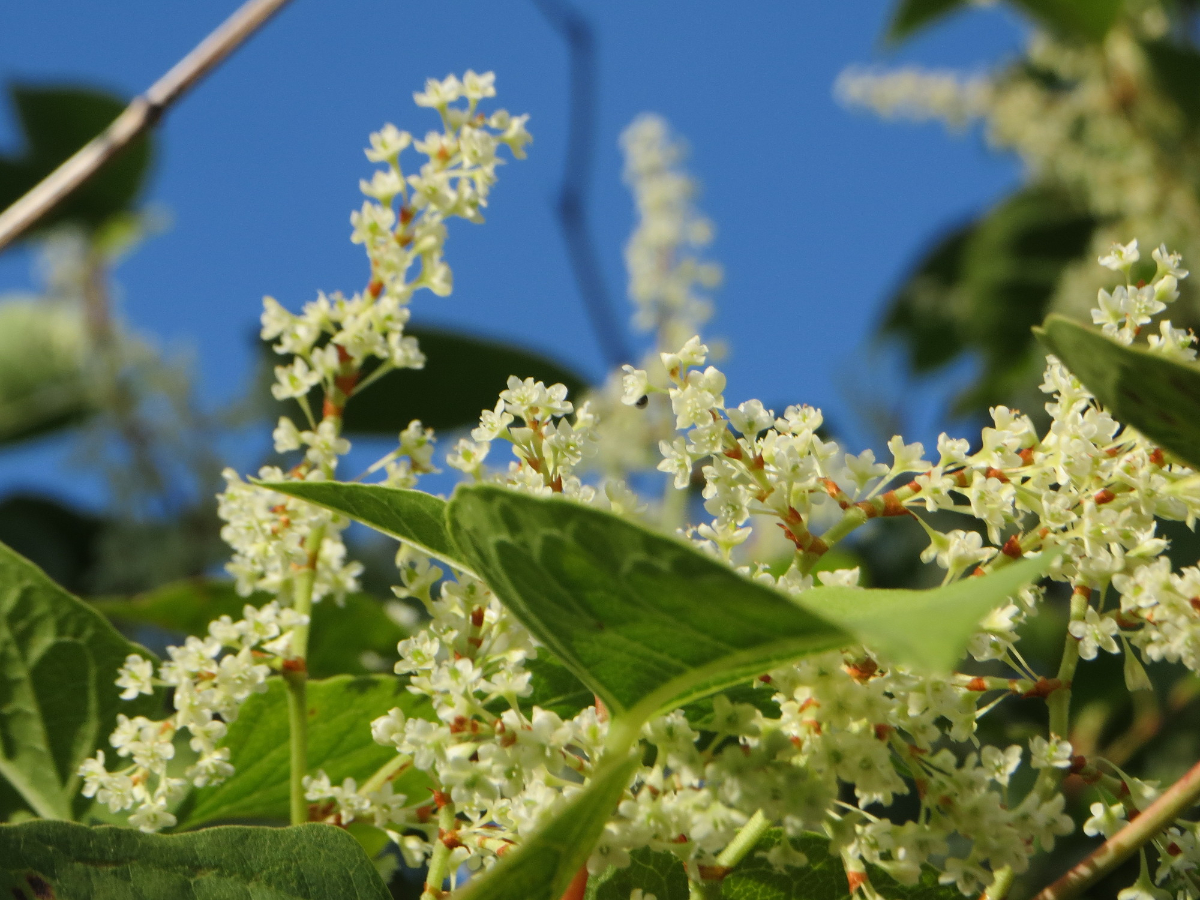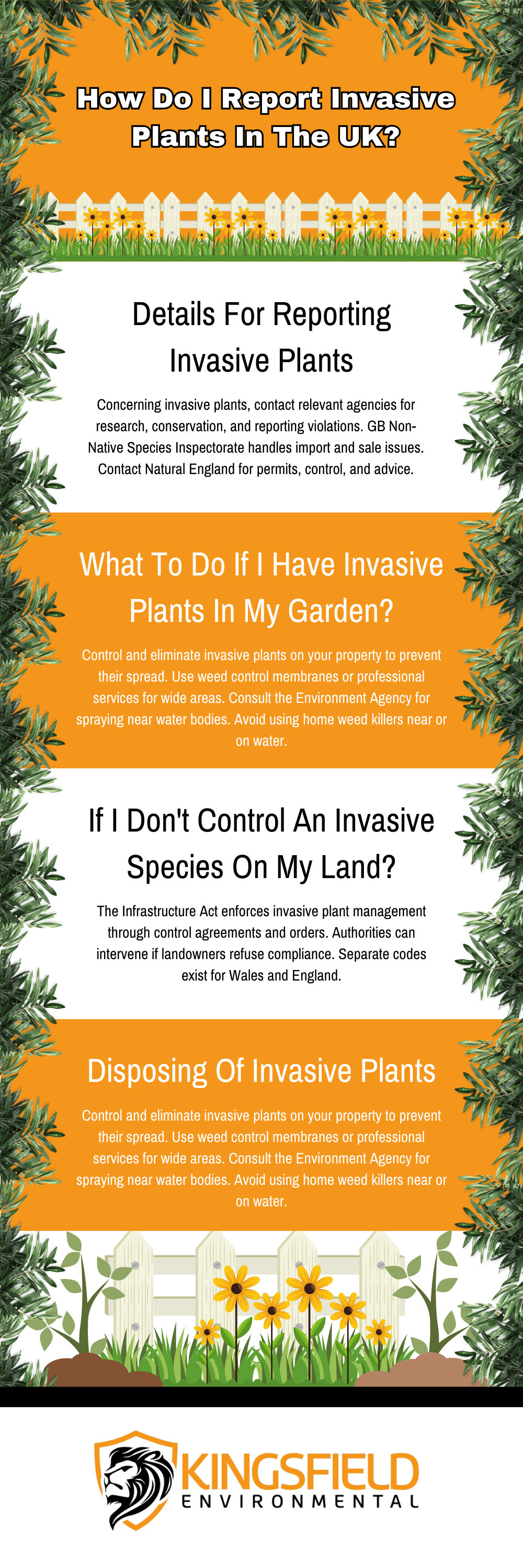How do I report invasive plants in the UK? Our guide provides step-by-step instructions on reporting invasive plant species to the appropriate authorities. Discover the importance of early detection and swift reporting in preserving native ecosystems.
Reporting Weeds Or Invasive Plants
You may report weeds or invasive plants online if you believe you have them. You may report plant species like Japanese knotweed that are encroaching on public property. Or obstructing the survival of native species by filling out an online form.
Contact Details For Reporting Invasive Plants In The UK

Because of their invasiveness, 36 species of plants are classified as a concern. They have the capacity to develop throughout many countries in Europe. You should be aware that the Wildlife and Countryside Act of 1981 identifies that prohibited plants can harm native plants in the UK.
For extra information on research, conservation, or to report a violation, get in touch with the appropriate agency. For information about permits for conservation or study, or to report a permit violation, get in touch with APHA.
For guidance on the import of invasive plants or reporting the sale of a listed species get in touch with the GB Non-Native Species Inspectorate.
For questions about permits, control, transfer, or retain these species. Alongside reporting a permit violation. Or for advice, if you acquired a plant after it was listed in England, get in touch with Natural England.
If I Have Invasive Non-Native Plants In My Garden Or On My Land
You are unlikely to face charges for owning these species if you have them on your property. Even if you didn't plant any of the 36 plants on the EU's list, you are still expected to control them and take means to eliminate them. You must also take care to prevent their spread if you want to avoid them. Most non-native aquatic plants can be repressed using weed control membranes. Or managed with a weed killer.
It may be better to hire a contractor or a company that specialises in the treatment of invasive weeds if you have a wide area to treat. Aquatic weeds can be manually removed from streams or ponds. When spraying is required near or over water bodies, check with the Environment Agency beforehand. They may provide you with a list of fully qualified companies. Home weed killers shouldn't be used near or on water.
If I Don't Control An Invasive Species On My Land?
The Infrastructure Act includes rules for the management of invasive plants in England and Wales. A species control agreement and a species control order are the two layers of control. The environmental authority may take action to compel the control of the species if the landowner refuses to comply. Or if they refuse to agree, or when the identity of the proprietor is unknown.
If the owner doesn't comply, the authorities may need to enter the property to carry out the control. A species control order may be issued in an emergency situation without first going through the preceding processes. These controls only apply to species that are classified in the Wildlife & Countryside Act. Now, separate codes of conduct have been released for Wales and England.
How Should I Dispose Of These Invasive Weeds?
When getting rid of invasive weeds, there's always a chance that you'll unintentionally spread them farther. This is how you may lessen that danger. Put aquatic weeds in the compost or bury them in garden trenches.
They might be burned after drying. It is crucial to get rid of as much plant matter as you can .To prevent it from spreading any further, avoid breaking it up into several little pieces. You should be able to keep these plants under control or eradicate them by looking for and eliminating regrowth.
When the water temperature rises over 6°C, aquatic weeds become an issue. In the warmer months, many plants grow quickly and might take over garden ponds. All ponds are susceptible to weed encroachment.
Especially in areas where runoff from nearby agricultural land is nutrient-rich. Many aquatic plants have become an increasing nuisance. These may be quite invasive and significantly harm gardens and the surrounding landscape. Most of the time, only the blooming stalks of submerged plants, also known as "oxygenators", are visible above the surface.
Although they are useful as a cover for aquatic species, they are not necessary for ponds to supply oxygen. Aquatic plants can essentially choke a pond. Especially as garden ponds are frequently tiny, therefore requiring care
However, they are important in providing a home for animals. At the borders of a pond, shallow water supports the growth of rushes, reeds, and sedges
Even for large garden ponds, some of these plants can be too robust, completely engulfing the open water in a few years. Regular eradication is therefore required to prevent the spread in garden settings.
You can control Japanese knotweed, gigantic hogweed, and Himalayan balsam, using weed killer. These weeds must only be disposed of at authorised landfills since they are considered "controlled waste" under the Environmental Protection Act Regulations.
Ask your local municipality where the closest appropriate place is. Do not include your regular household or green rubbish. The first line of defence against weeds should be farming practices that encourage natural pests. Chemical controls should only be applied sparingly, if at all.

Weeds are plants that need to be controlled. Because they outcompete more desirable or just take over half the garden. Determine whether this may be accomplished without the use of chemicals, such as by pulling, digging out, or mulching.
During Winter, a layer of material is put on the soil; this is called "mulch". It's used to prevent frost. And enhance plant development by providing nutrients in the soil. It also decreases soil water loss and controls weeds.
Examples include chipped bark, gravel, grit, and slate chippings as well as well-rotted garden compost and manure. If this isn't possible, think about employing chemical techniques.
Chemical controls could be required in situations when non-chemical control measures are impractical. Before using a weed killer, be sure it is the most suitable for the job by carefully reading the label. Glyphosate weed killers have limited soil persistence because they are rendered inactive upon soil contact. Weed killers can travel in the soil for several weeks or months, which can cause damage to plant roots below.
Do you have an invasive plants problem? If you require invasive weed removal in Essex, London or throughout the UK, contact our expert today.



